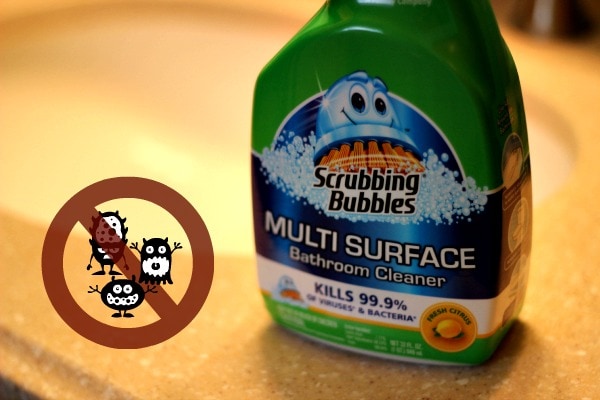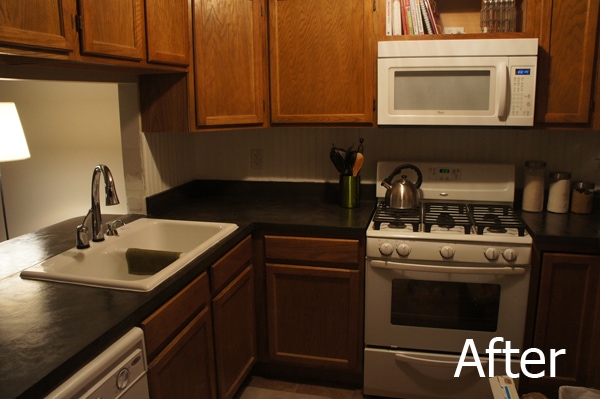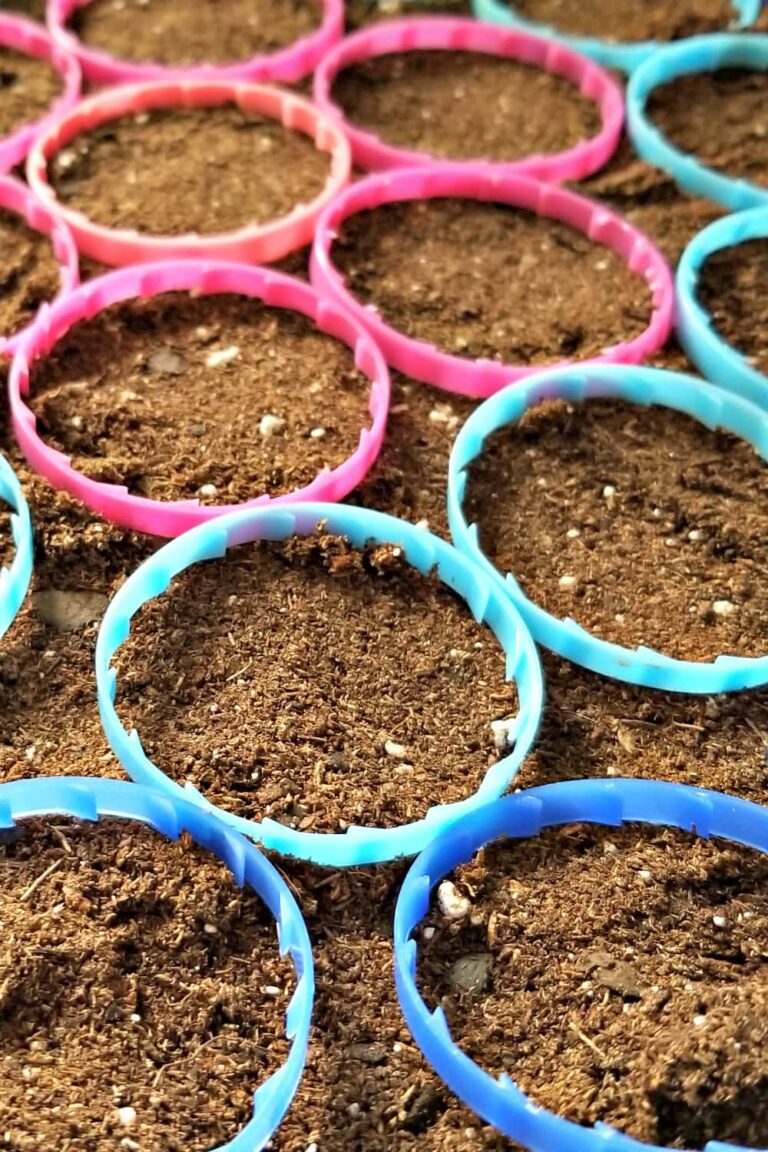10 Everyday Items You Didn’t Know Could Become Stylish Decor
Old Glass Bottles Transform Into Designer Lighting
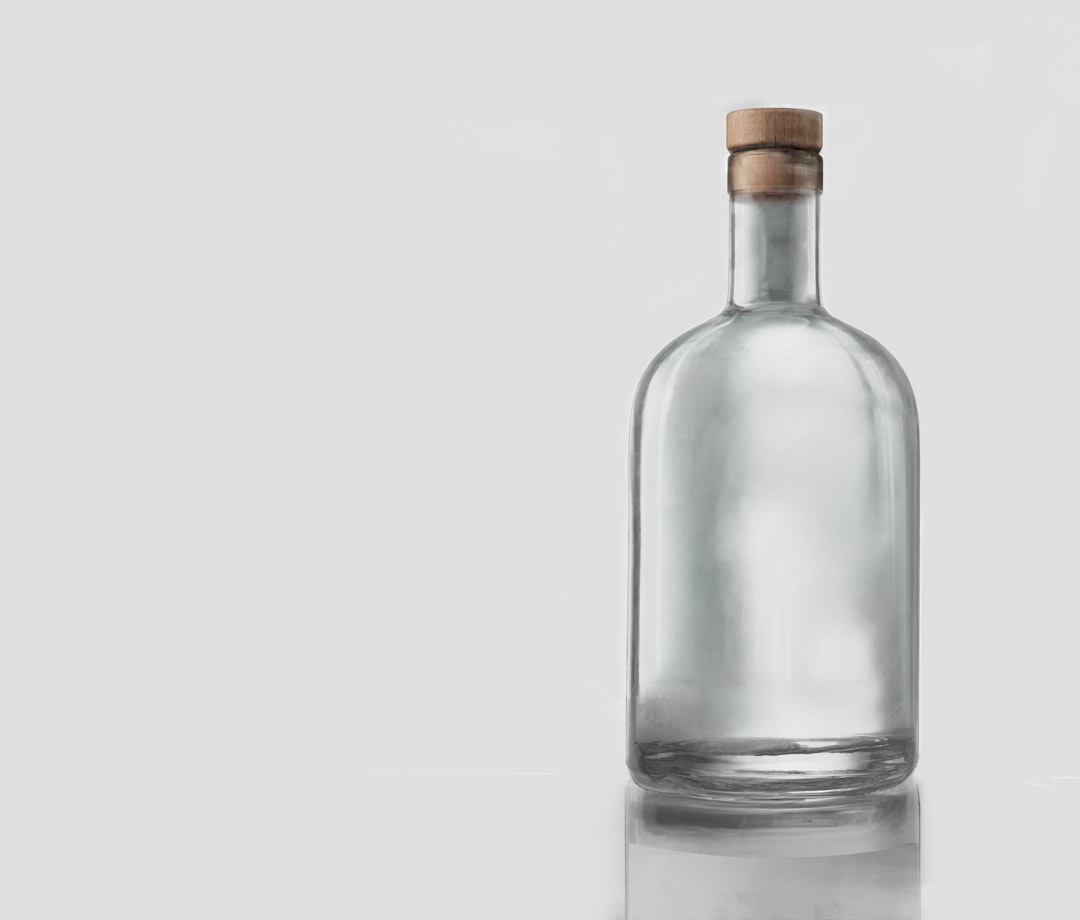
Most people throw away glass bottles without giving them a second thought, but these everyday items can create stunning lighting fixtures that rival expensive designer pieces. Mason jar pendant light is easy to make. Use tinted mason jars for a beach inspired room! Wine bottles work particularly well for this transformation because their elegant shapes naturally lend themselves to sophisticated lighting solutions.
The process is surprisingly straightforward and doesn’t require advanced DIY skills. Head to your local hardware store for a glass/tile drill bit and a lamp holder, purchase a lampshade and you’ll be ready to light up your home the DIY way. This project is best suited for those with some past DIY experience and the toolkit to match. You can group multiple bottle lights together for dramatic effect or use single statement pieces to add character to any room.
Mason Jars Become Chic Storage Solutions
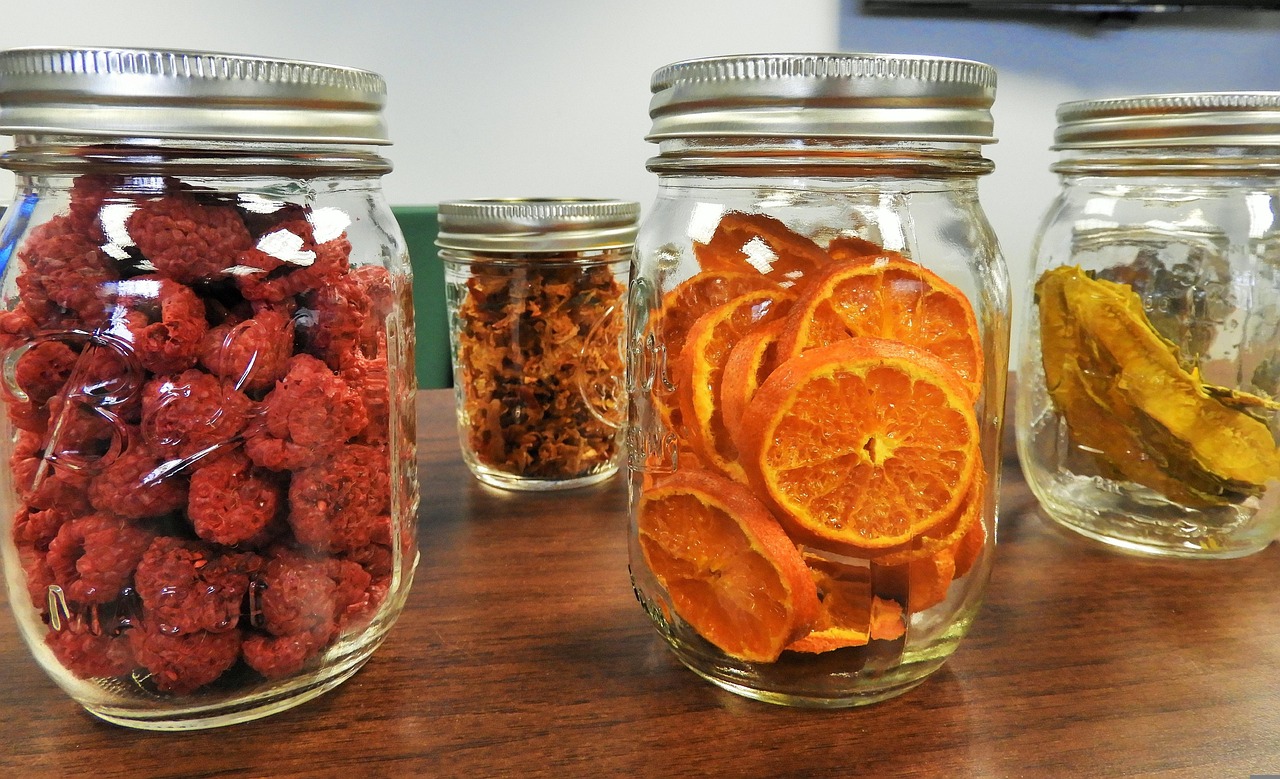
Empty mason jars accumulate in most kitchens, but they’re actually perfect for creating organized and visually appealing storage throughout your home. Empty glass jars pile up at home. With a little effort, they can become functional and decorative storage solutions. Use them to organize small essentials like pens and paper clips in an office, spices in the kitchen, or craft materials in a child’s playroom. The clear glass allows you to see contents at a glance while adding a clean, minimalist aesthetic to any space.
What makes mason jars particularly versatile is their uniform size and classic design that complements both modern and traditional interiors. Whether you decorate them or leave them as-is, a few glass jars can quickly turn a chaotic desk into a pleasantly organized space. Use them to wrangle your loose paperclips, pens and other office items. They’re also useful for a work bench, junk drawer or any other area cluttered with small objects.
Worn-Out Books Stack Into Functional Furniture
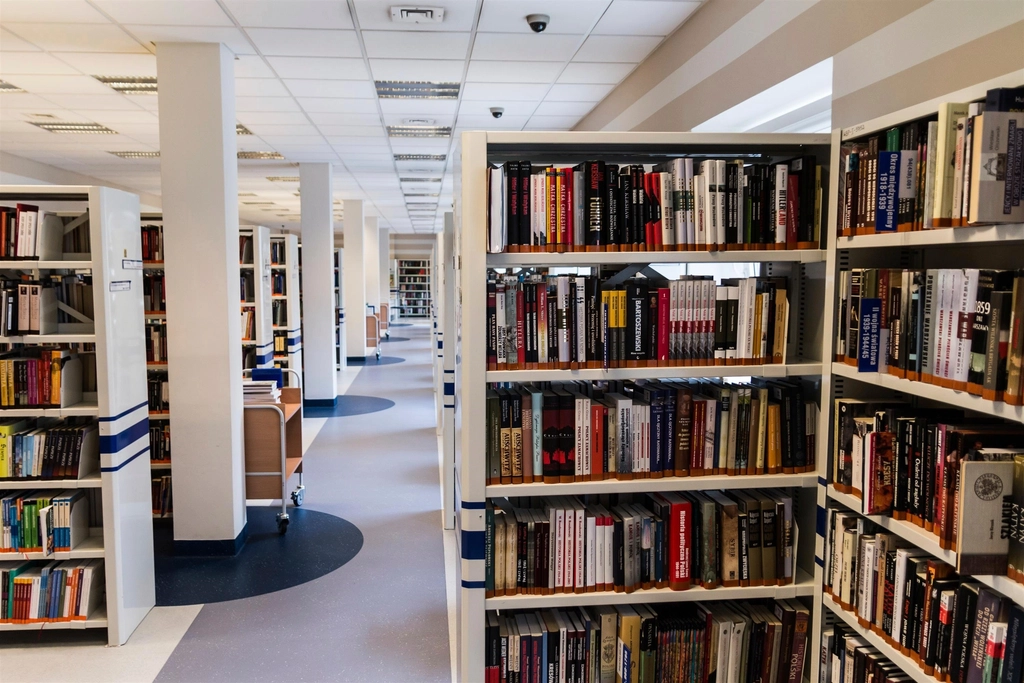
Books that have seen better days don’t need to end up in the recycling bin. Books that are worn or unread can still bring value as home decor. Stack hardcover books to create makeshift furniture like nightstands or add them to shelves as design elements. If you feel bold, turn them into planters or wall art for a unique aesthetic in your space. Hardcover books are especially valuable for this purpose because they’re sturdy enough to support weight and create stable structures.
The key to making this work is selecting books with complementary colors or covers that match your existing decor scheme. I love this one, because I can use it in every house! It has a white background, so it doesn’t matter if the interior is beige or grey, the colours won’t clash. It also goes beautifully with the greenery we bring in. This approach works particularly well in reading nooks, bedside areas, or home offices where the literary connection feels natural and intentional.
Kitchen Utensils Double as Wall Art Displays
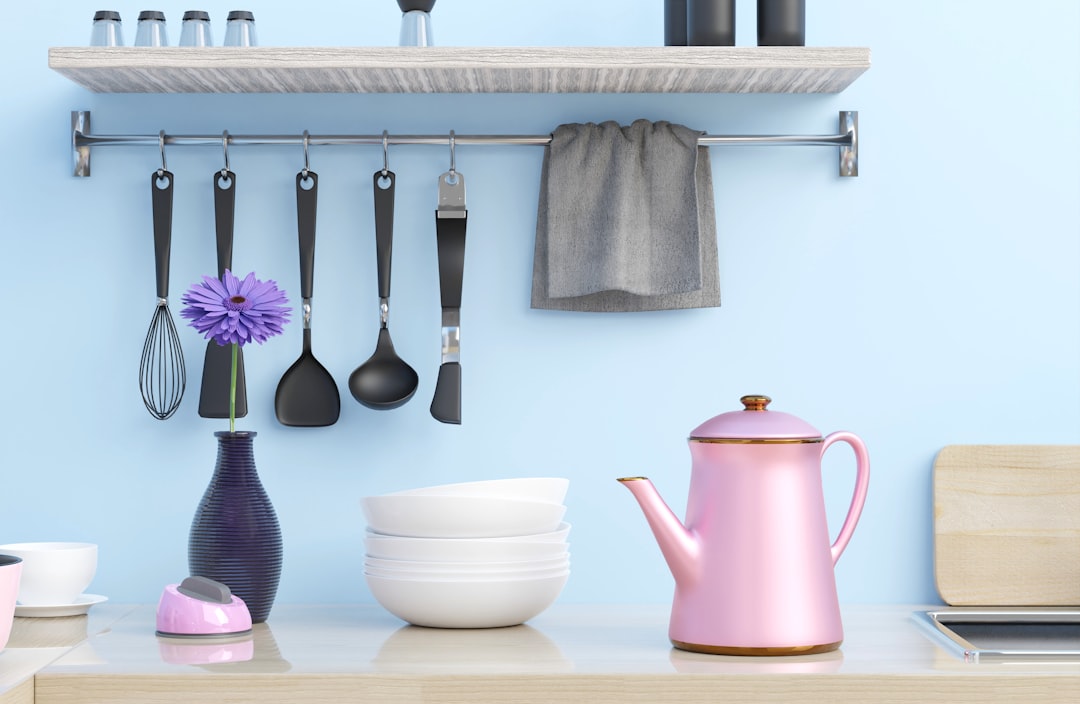
Your everyday kitchen utensils can become striking wall displays that blend functionality with visual appeal. Get creative by installing a pot rack above your cooking area or kitchen island, utilizing a decorative pegboard to showcase your pots, pans, & utensils while keeping them easily accessible, or repurposing a vintage ladder as a unique & stylish rack. This approach aligns perfectly with current trends where the kitchen of 2025 is becoming a canvas for personal expression, blending functionality with stunning visuals. As minimalism evolves, bold trends featuring vintage elements and vibrant aesthetics are emerging, allowing for unique, personalized spaces. Consumers are increasingly looking to mix charming elements with modern touches, giving rise to eclectic kitchen décor.
The beauty of this approach lies in its practicality – your tools remain within easy reach while creating an organized, professional kitchen aesthetic. For a more ambitious way to reuse glass jars, grab a hammer and some leather strips, 1×4-foot boards and decorative furniture tacks to create convenient hanging storage. These wall vases are perfect for holding office supplies, mixing spoons and other kitchen tools, or even decorative items like flowers and candles.
Plastic Bottles Become Elegant Planters
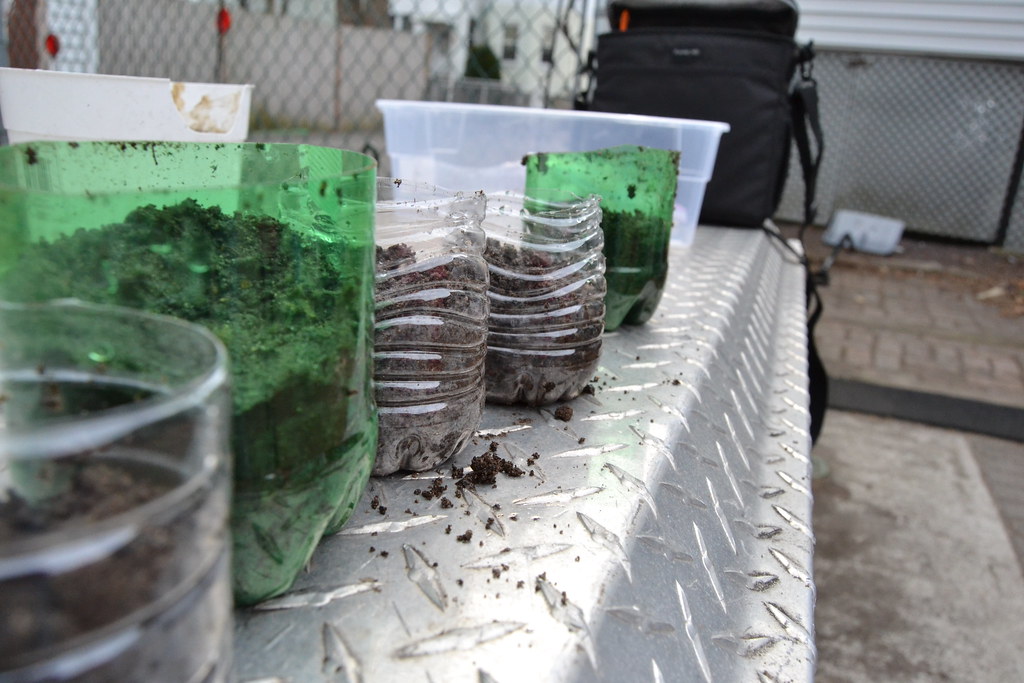
Before you toss that plastic bottle in the recycling bin, consider its potential as a stylish planter that costs nothing to make. Transform plastic bottles into stunning home decor! Learn easy DIY upcycling crafts for eco-friendly and budget-friendly home improvements. Get creative and reduce waste with our simple tutorials. This transformation aligns with the growing sustainability trend in home decor, where Sustainability remains at the forefront of interior design trends in 2025. Designers will be focusing more than ever on creating beautiful spaces that are also kind to the planet. Vegan leathers, non-toxic materials, and eco-friendly products are not just options but essentials. In addition, look around for reusable and repurposable items to reduce the need for frequent replacements.
The process involves cutting, painting, and decorating bottles to match your interior style, then adding appropriate drainage and soil for your plants. What’s particularly appealing about this approach is that it demonstrates environmental responsibility while creating personalized decor that reflects your creativity and commitment to sustainable living.
Vintage Magazines Create Textured Art Pieces
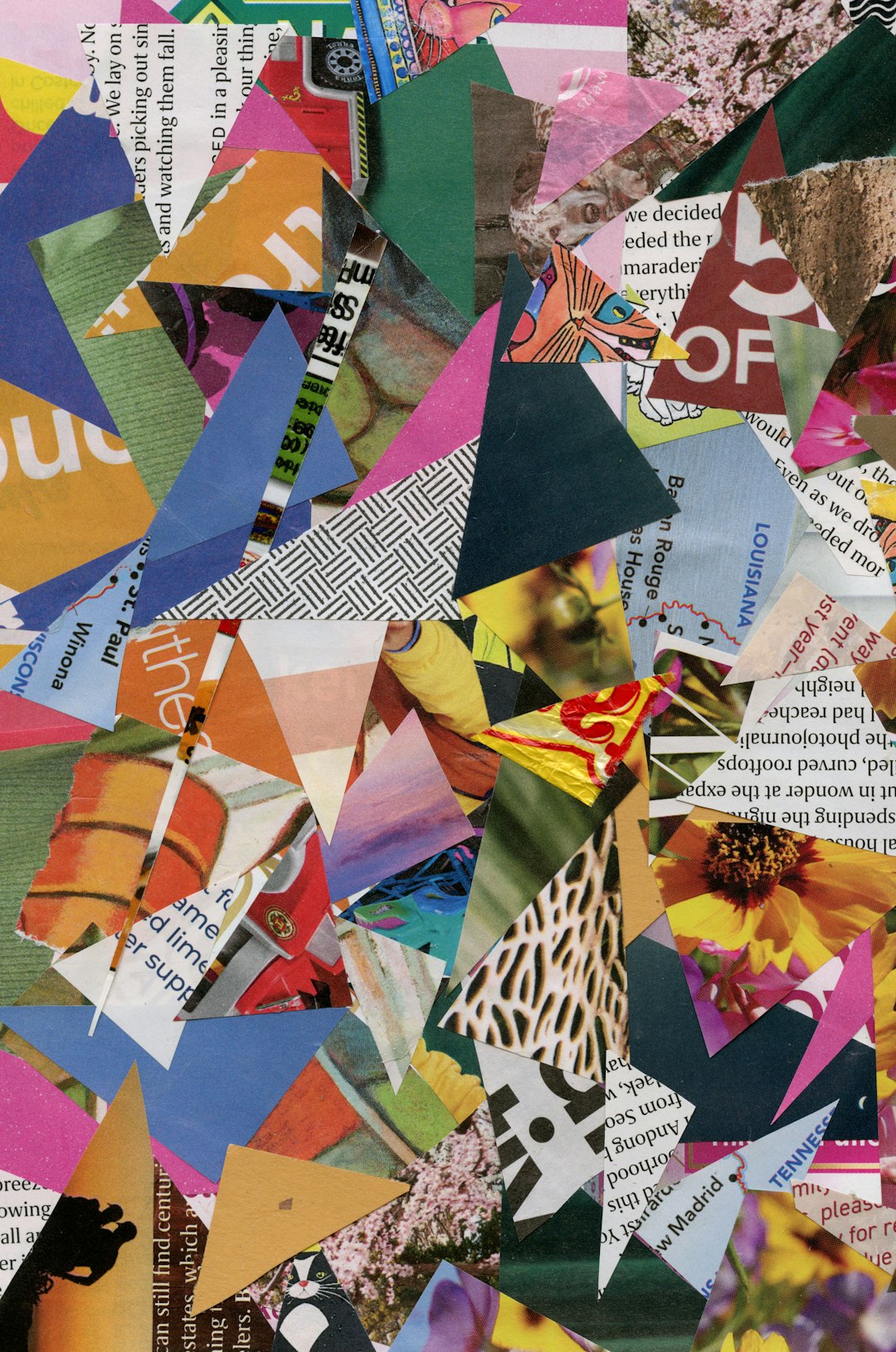
Old magazines that pile up around the house can be transformed into sophisticated art installations and functional items. Learn how to make a Mod Podge collage using magazines! This was done on canvas, and you can use this method to create any design you like. The variety of colors, textures, and imagery in magazines provides endless possibilities for creating custom artwork that perfectly matches your decor.
Professional stylists already recognize the decorative potential of magazines in home design. We see books as features and magazines as accents. You can place them virtually anywhere where you would usually place a book to create an additional point of interest. The most suitable areas for magazine placement are outdoor tables, dressing (or make-up) tables & clothes racks. Beyond simple display, you can craft unique bowls, wall art, and even furniture pieces that showcase this abundant resource in unexpected ways.
Kitchen Towels Frame Into Designer Wall Art
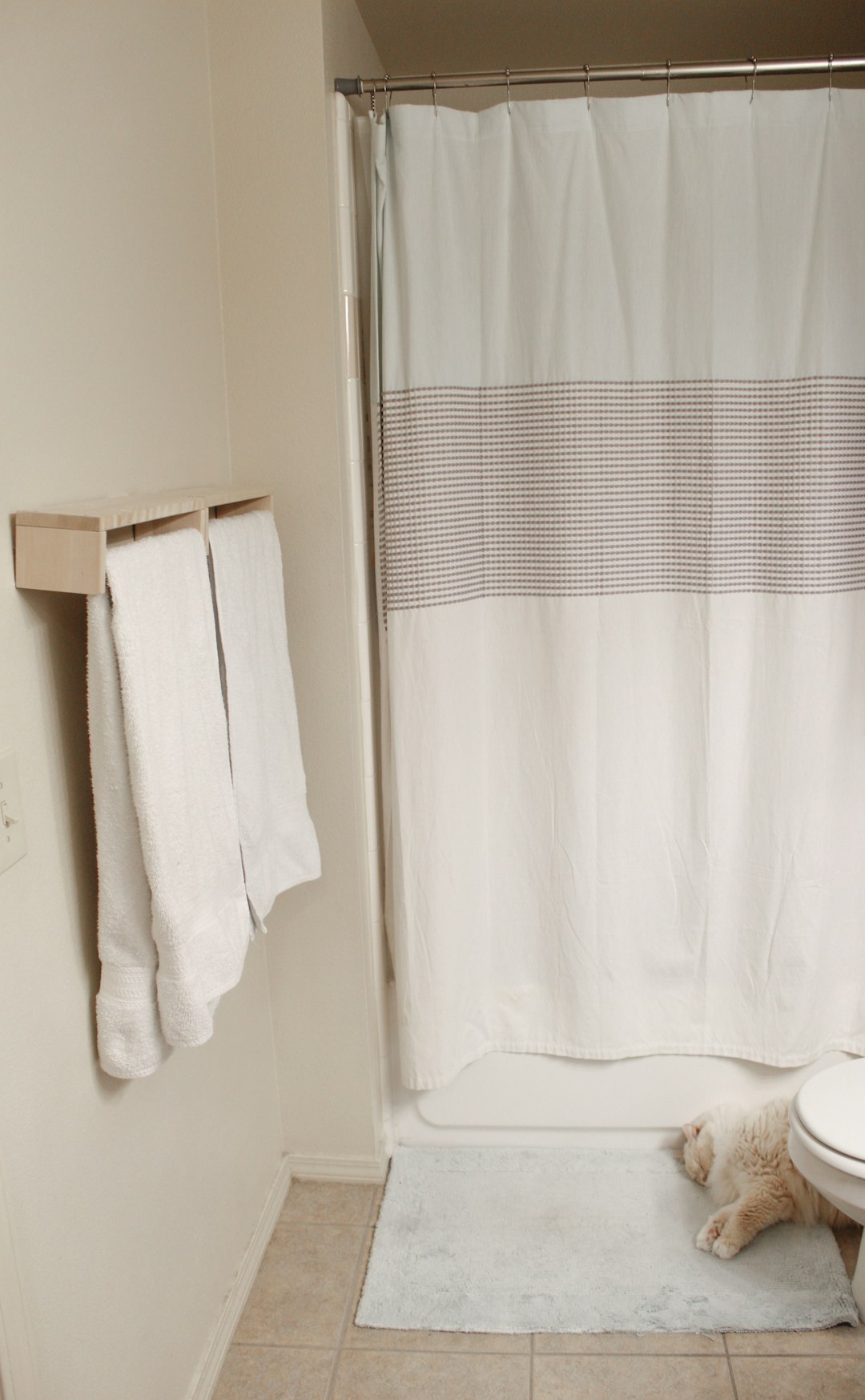
Those colorful kitchen towels with beautiful patterns don’t have to be hidden in drawers. Essential stylish kitchen accessories include decorative wall art to add character, stylish dish towels for both function and aesthetics, colorful utensil holders for organization and color, and themed cutting boards that can double as decor when not in use. Vintage or decorative kitchen towels can be framed and displayed as affordable art that adds personality and charm to kitchens, dining areas, or even bathrooms.
The key is selecting towels with designs that complement your existing color scheme and interior style. I was thinking along the same lines as beach rose, making a table out of them. BUT, instead of just using one on the top, frame each one, hinge them together along the sides to make a tall, square “box,” add a bottom of wood, some little feet or wheels, and a top of glass with another towel under it. Instead of a table with legs and a towel/glass top, it would be more like a box, with a towel on each side and a towel on top. This creative approach shows how everyday textiles can become sophisticated decorative elements.
Cork Collections Transform Into Functional Art
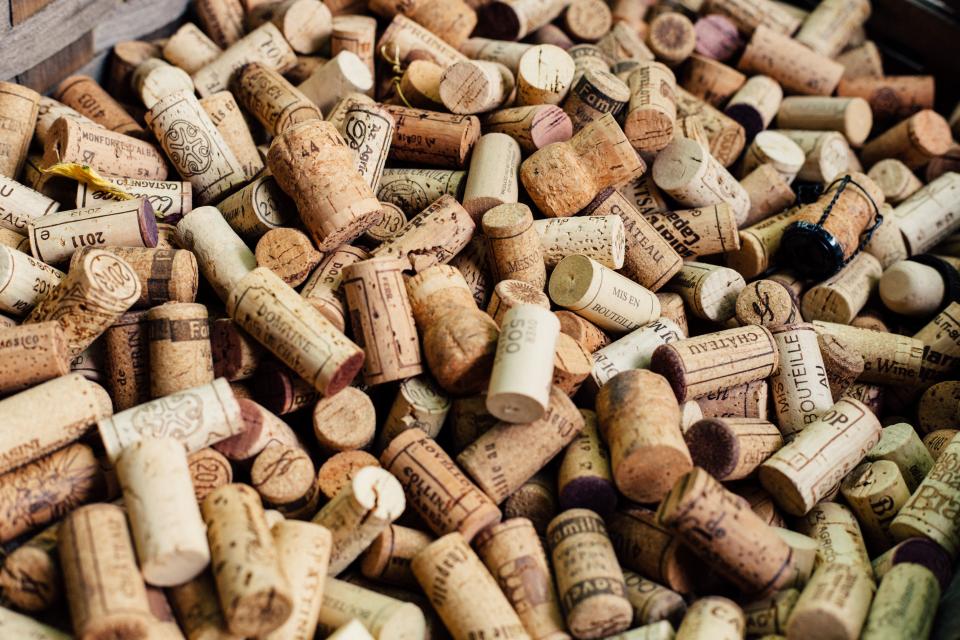
Wine corks accumulate naturally in many households, but they represent a goldmine of crafting potential that can enhance your home’s aesthetic while serving practical purposes. These small cylindrical pieces can be arranged into trivets, bulletin boards, or even decorative wall installations that add texture and warmth to any room. The natural material blends beautifully with current biophilic design trends that emphasize bringing natural elements indoors.
The versatility of corks makes them perfect for both rustic and contemporary design schemes. You can create everything from functional coasters and bath mats to artistic wall sculptures that serve as conversation pieces. Their uniform size and natural variation in color create visual interest while maintaining a cohesive look that works particularly well in kitchens, dining areas, and wine cellars.
Old T-Shirts Weave Into Stylish Textiles
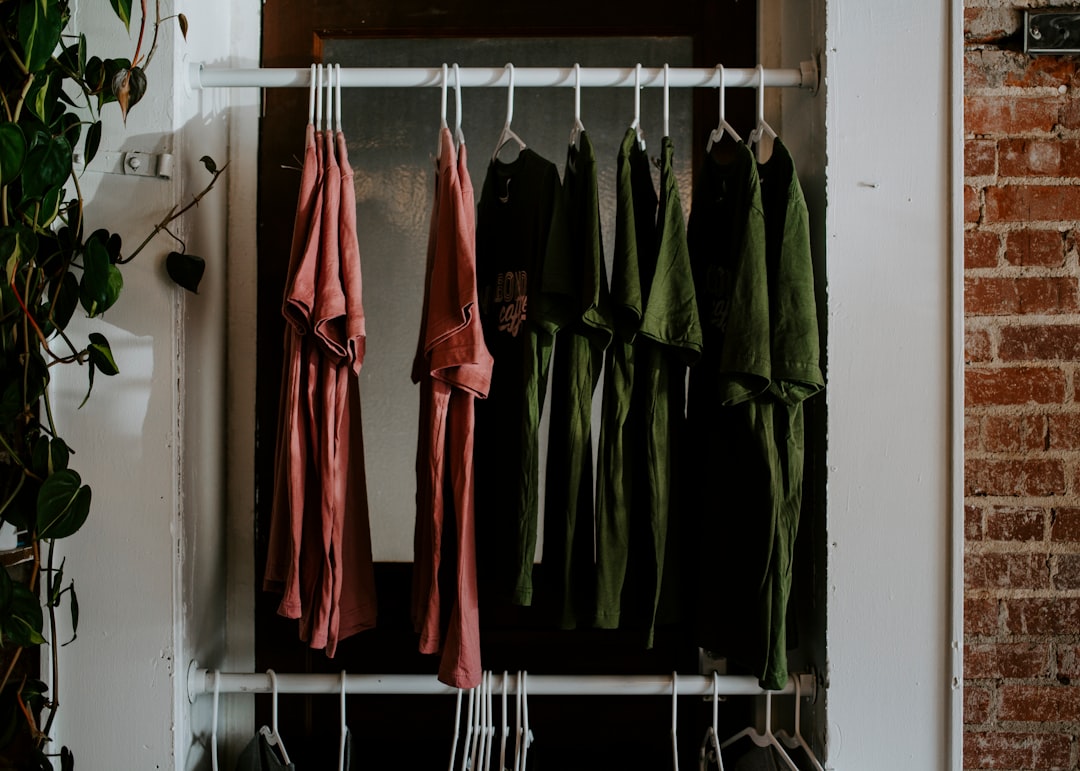
Worn-out t-shirts can be given new life as custom textiles that add color and texture to your home decor. By cutting shirts into strips and braiding or weaving them together, you can create unique rugs, placemats, or wall hangings that showcase your personal style while reducing textile waste. This approach aligns with the growing emphasis on sustainable design practices that are becoming essential in modern decorating.
The beauty of this transformation lies in the fact that cotton t-shirts come in countless colors and patterns, allowing you to create custom pieces that perfectly match your existing decor or introduce new color elements to your space. The soft, familiar texture of cotton adds comfort and warmth to any room while demonstrating your commitment to creative reuse and environmental consciousness.
Tin Cans Evolve Into Designer Storage
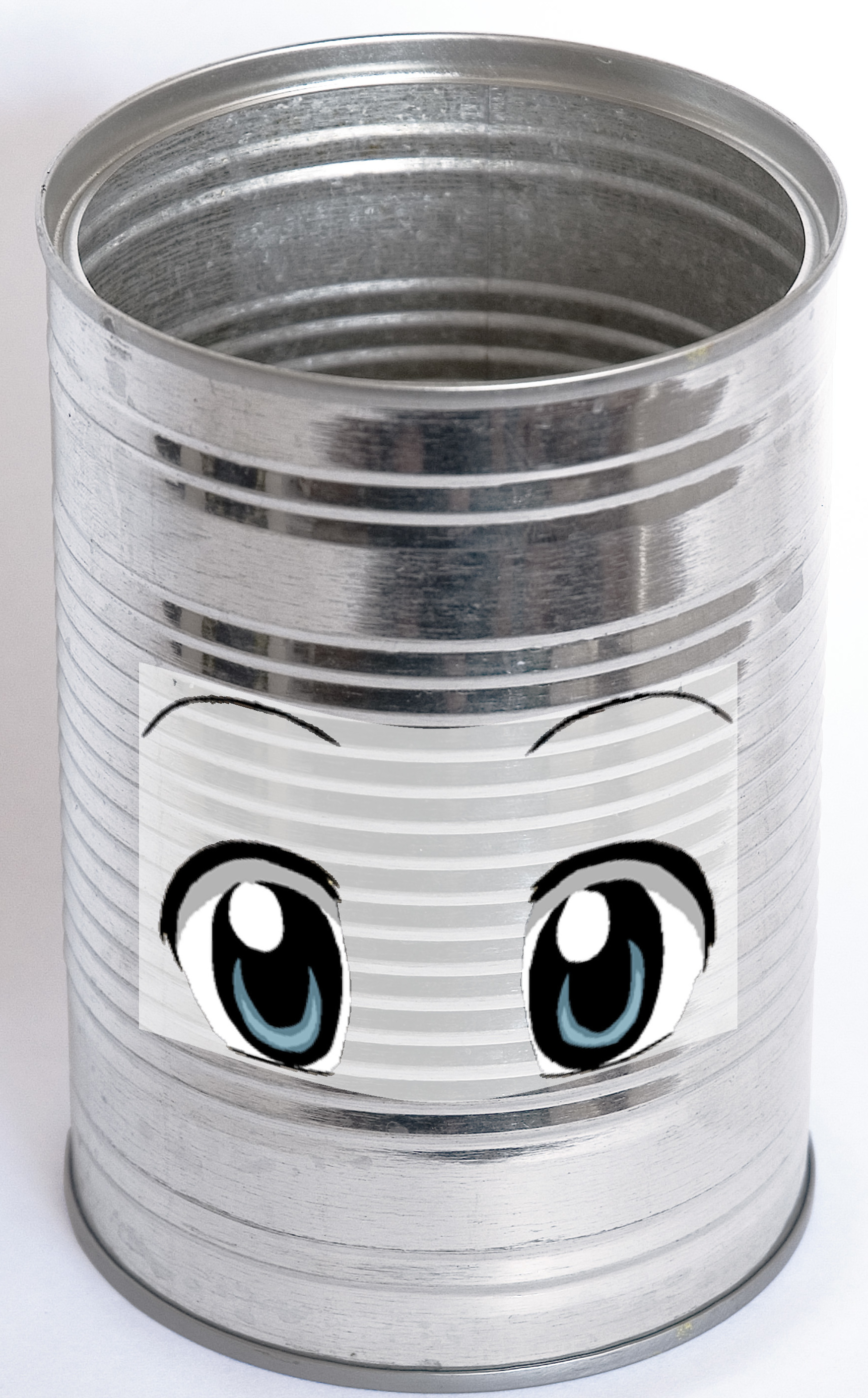
Empty tin cans from food products can be transformed into sophisticated storage containers that rival expensive organizational systems. With simple treatments like paint, fabric wrapping, or decorative paper, these utilitarian objects become stylish holders for everything from desk supplies to bathroom essentials. The uniform cylindrical shape creates visual consistency while the variety of sizes accommodates different storage needs throughout your home.
What makes tin can storage particularly appealing is its cost-effectiveness and environmental benefit. Sustainability is not just a trend but a necessity, and in 2025, it has become a core element of interior design. The focus is on using eco-friendly materials, like recycled fabrics, reclaimed wood, and biodegradable items, that reduce environmental impact without compromising style. The Eco-Design Institute’s recent findings show a 40% rise in the use of sustainable materials in home decor compared to the previous year. By repurposing these everyday items, you create functional storage solutions while demonstrating environmental responsibility and creative problem-solving skills.

